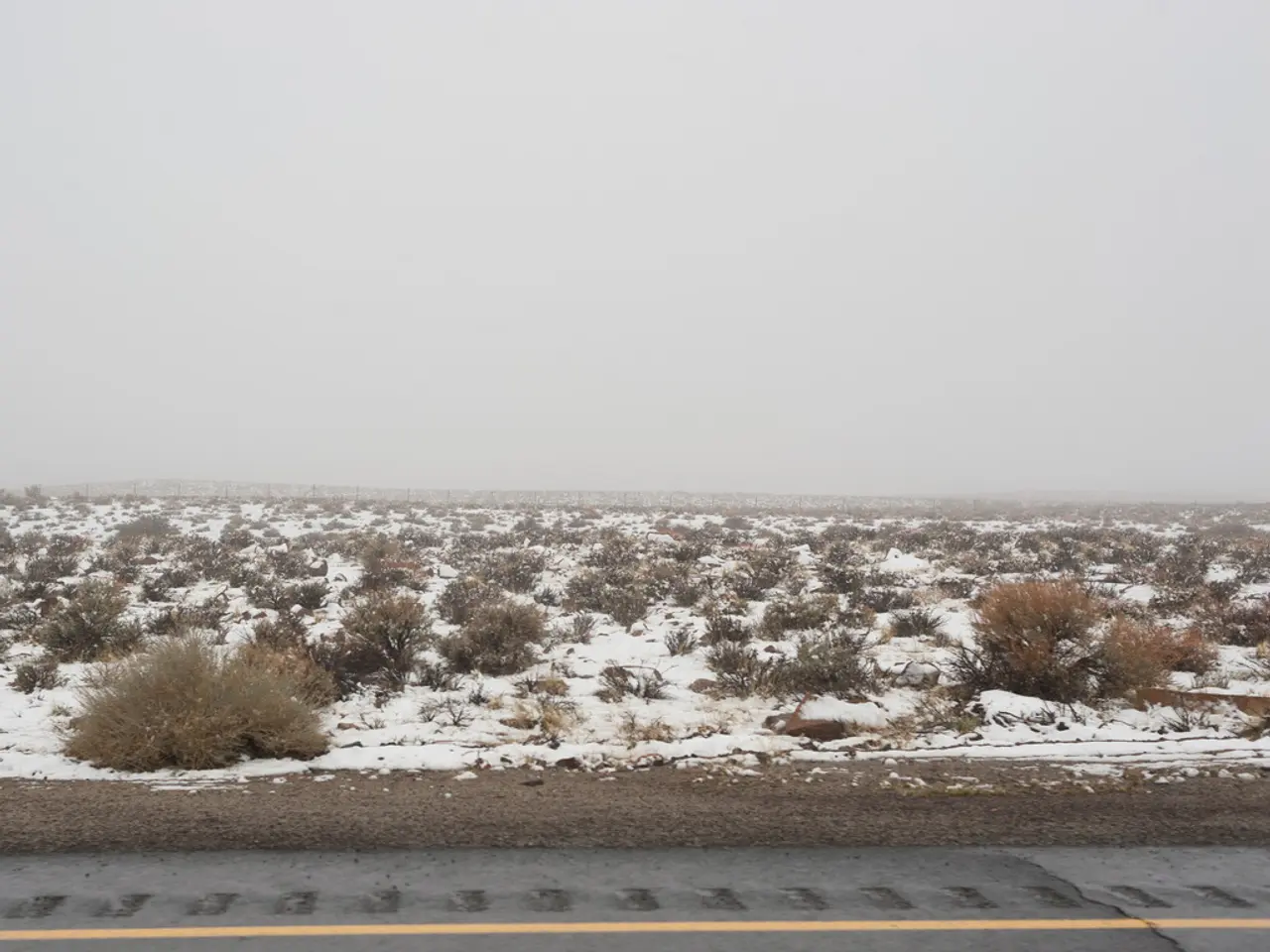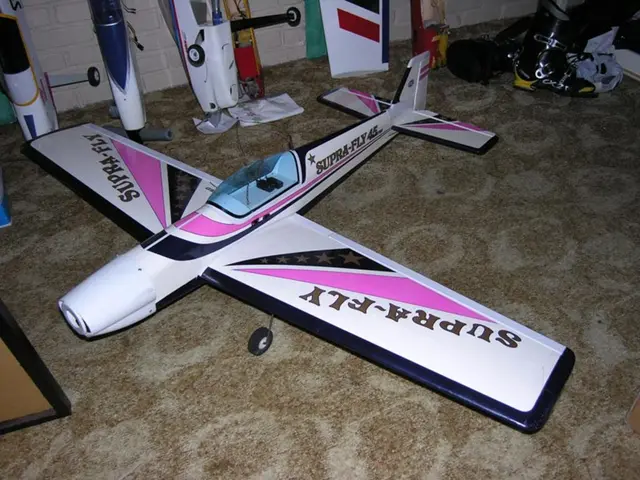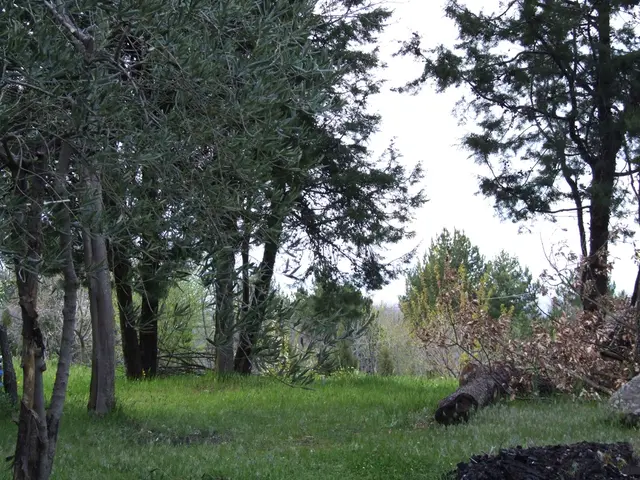NASA & ISRO's NISAR Mission to Launch July 30, 2025: World's Most Expensive Earth Observation Satellite
NASA and ISRO have finalised plans for the NISAR mission, an Earth observation satellite designed to monitor climate change effects. The satellite, the world's most expensive at over $1.5 billion, will launch from the Satish Dhawan Space Center in southern India aboard an Indian GSLV Mk II rocket, already prepared on the launch pad.
NISAR, a joint mission between NASA and ISRO, will use an advanced synthetic aperture radar (SAR) to see through clouds, smoke, and dense vegetation. It will scan almost the entire Earth and ice every 12 days with high resolution, providing real-time monitoring of glacier movement, soil deformations, and assessing damage after natural disasters.
NASA provided the L-band radar, while ISRO developed the S-band radar, the satellite structure, and is responsible for the launch. The satellite's observations are fundamental for understanding the magnitude and pace of global climate change, facilitating decision-making and actions to mitigate its effects. Data collected by NISAR will be freely available to the global scientific community, impacting crop optimization and carbon storage calculations.
The NISAR mission, set to launch on July 30, 2025, marks a significant milestone in U.S.-India space collaboration. By monitoring climate change effects, particularly ice reduction, NISAR aims to help understand and prepare for extreme climate events and changes in precipitation patterns.
Read also:
- Hydrogen set to revolutionize India's space expeditions, transportation sector, and clean energy ambitions, according to ISRO Chairman's claims
- Strategic approach to eco-friendly nickel production for electric vehicles in Europe
- Solar energy company, Imperium, alongside QORAY Mobility & Energies Solar Business, bolsters Nigeria's environmental future by producing superior solar panels domestically and offering flexible payment options.
- AI Inspection Company, Zeitview, Secures $60 Million Funding for Expansion








